
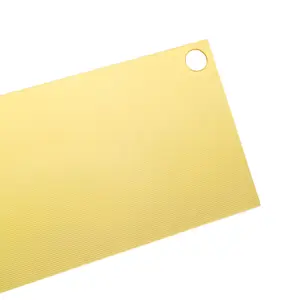
Factory Price Battery Epoxy Fiberglass Sheet Parts Fr4 Epoxy Laminate Board Sheet For Transformer Motor




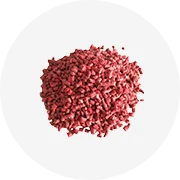
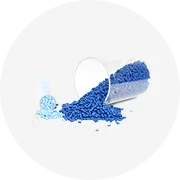
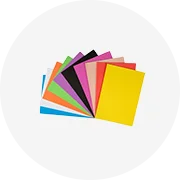
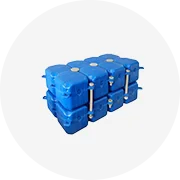
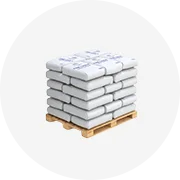
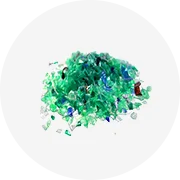
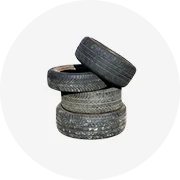
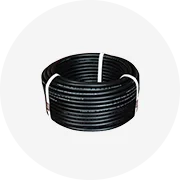

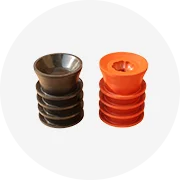
Textolite laminated sheets represent a versatile category of engineering materials known for their durability and electrical insulation properties. These sheets are composed of layers of paper or fabric impregnated with a resin binder, typically phenolic or epoxy, and then pressed under heat and pressure to form a rigid, laminated panel.
The diversity of textolite laminated sheets is evident in their range of types, each suited to specific applications. From electrical insulation in switchgear to mechanical uses in gears and bearings, these sheets offer a breadth of utility. The choice of paper-based or fabric-based textolite depends on the required mechanical strength and insulation properties for the intended use.
Textolite sheets are known for their excellent mechanical strength and dimensional stability. The material's resistance to heat and moisture makes it a reliable choice for challenging environments. Furthermore, its insulating capabilities are beneficial in electrical applications, preventing current leakage and ensuring safety and efficiency.
Customization is a key aspect of textolite laminated sheet offerings. Suppliers can provide cut-to-size sheets, with additional options such as radius edges or drilled holes to meet specific requirements. The adaptability of textolite allows for precise machining, ensuring that each sheet fits its intended application perfectly.
The thickness of a textolite laminated sheet is a critical factor that influences its strength and application. Suppliers can guide buyers in selecting the appropriate thickness for their specific needs, ensuring that the material performs optimally in its intended environment.
Textolite sheets are not only robust in application but also in transport. Their pliable nature when in film form allows for easy handling and shipping in rolls. Once delivered, these sheets can withstand various environmental factors, maintaining their integrity and performance over time.